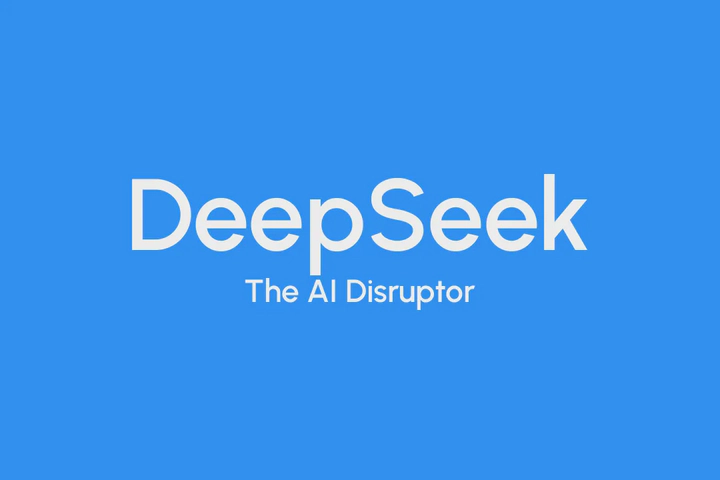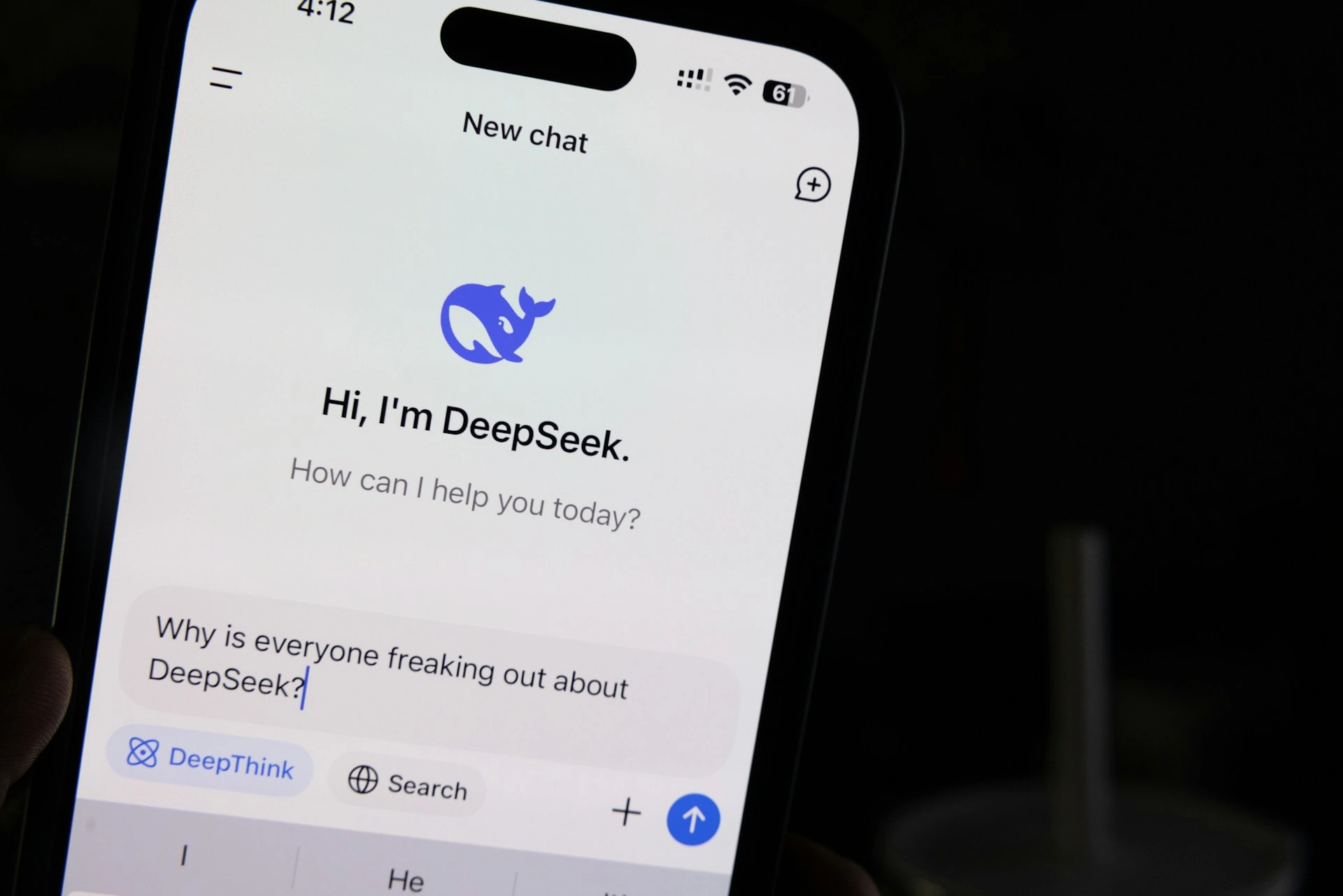DeepSeek R1: The $5.6M AI Upstart Rewriting the Rules

This week started with a market bloodbath. Nvidia—yes, the chipmaker riding high on the AI boom—lost $589 billion in market value. In one day. That’s not a typo. You read that right. The stock market, already wobbly, took a nearly $1 trillion hit.
The trigger? A lean AI startup most people hadn’t heard of two months ago. DeepSeek R1.
And yeah, I know. Another AI model, another “revolution,” another giant killer. But DeepSeek isn’t just a faster chatbot or a flash-in-the-pan app hyped on Reddit. It’s small, it’s fast, it’s open-source—and it’s scary good at reasoning. That last part matters more than you’d think.
The company behind it—founded by Liang Wenfeng, a guy better known for running an investment firm than building neural networks—spent $5.6 million and 60 days to build something that’s making OpenAI, Meta, and possibly a few senators sweat.
It’s not about flashy demos. It’s about rethinking who gets to build smart machines and how much that should cost.
So… What Can This Thing Actually Do?

I know, “reasoning” sounds like one of those words people throw around when they’re trying to make software sound human. But here’s the weird part: DeepSeek R1 might actually be decent at it.
In testing, the model tore through tough calculus problems. It solved logic puzzles that would stump many people, let alone machines. It even outperformed Meta’s Llama 3 in some complex scenarios. Like figuring out optimal shipping routes while trade rules kept shifting—something logistics firms usually throw entire teams at.
This isn’t “write me a poem in the style of Drake” territory. This is “here’s a hairy real-world problem, give me a practical, fast solution.” And R1 often can.
But it’s not just what it can do—it’s how it does it. The model runs on GPUs that aren’t even top-tier by current standards. DeepSeek used Nvidia H800s—slower and cheaper than the H100s used by Silicon Valley behemoths. But they made it work. It’s like someone building a racecar with spare parts and still lapping the Lamborghinis.
The $2 AI Model That Doesn’t Need Permission
Let’s talk cost. This is where DeepSeek punches way above its weight. OpenAI’s GPT-4 costs about $60 for a million tokens. DeepSeek R1? Two bucks and change.
You might shrug. But zoom out for a second.
That price slash doesn’t just save companies money. It opens the door for people who’ve been locked out entirely. Imagine a student in Nairobi building an AI teaching assistant without needing a grant. Or a clinic in rural India analyzing patient records using tools it can actually afford.
There’s a Berlin-based startup—HealthAI—that already jumped ship. Switched to DeepSeek R1, cut their cloud bills by 80 percent, and somehow sped up their work. That’s not just frugality. That’s survival.
And the kicker? It’s open-source. No API key. No vendor lock-in. Just code, out there for anyone to use, study, break, or improve. You could be reading this, open a terminal, and start playing with it this afternoon. No gatekeeping.
There’s a risk, sure. You open the gates, someone’s gonna misuse what’s behind them. But there’s also this oddly hopeful idea—what if smart tech didn’t always come with strings attached?
An AI Made on a Budget and Built for a Crowd
Here’s the part I keep coming back to. DeepSeek didn’t just make something good—they made something efficient.
They used what’s called a “mixture-of-experts” approach. Think of it like a committee of specialized mini-models inside a larger brain. One handles math, another languages, another logic. Not all of them fire at once—only the ones that are needed, saving computation.
Big players like Google and Microsoft have toyed with this structure. But DeepSeek got it to run well—on lower-grade hardware. That’s no small feat. It’s like cooking a Michelin-star meal with a camp stove and a dented pan.
And while most AI labs chase scale—more data, more layers, more GPU clusters—DeepSeek stayed lean. Purposeful. Maybe even… scrappy?
That’s what makes their 60-day sprint feel so significant. They weren’t chasing hype. They were solving a specific problem—how to reason well, fast, and cheap.
From Subway Debugging to a #1 App
Here’s something that made me laugh: DeepSeek’s mobile app hit number one on the U.S. App Store, beating ChatGPT. Fast.
One guy said he got it to debug a Python script while riding the subway. The thing fixed his code before he reached the next station.
Okay, anecdote. But it tells you something. This model isn’t just about performance benchmarks or geopolitical consequences. People like using it. It’s responsive. It’s useful. It doesn’t feel like it’s been polished by a PR team—it just works.
And that matters more than a lot of people in tech want to admit. Sometimes, people don’t need “superintelligence.” They need a tool that answers their questions and doesn’t crash.
Washington Is Nervous—and Not Just Because of Market Losses
The U.S. reaction hasn’t exactly been calm. Politicians are suddenly talking about open-source risks and holding hearings on Chinese AI capabilities. Nvidia’s tumble didn’t help. Neither did the fact that DeepSeek trained R1 without the fancy American chips that were supposed to be irreplaceable.
That’s the part that might sting the most. For years, the story was: China needs U.S. hardware. Take that away, and their progress slows. But now? DeepSeek worked around it. Used what it could get. Got results.
There’s something humbling about that.
The questions coming out of D.C. now are big. If China doesn’t need our chips to build competitive models, do sanctions even work? And what happens when open-source AI, running on budget tech, spreads fast across borders?
I don’t have tidy answers. But I do think the anxiety is real—and maybe justified.
What Happens Next Depends on Who Pays Attention
DeepSeek isn’t stopping. They’re expanding R1’s language coverage, eyeing use in hospitals, logistics firms, anywhere reasoning under pressure is a daily grind.
Meanwhile, OpenAI’s reportedly working on a “GPT-4 Lite.” The EU is sharpening its pencils for new open-source AI rules. And developers around the world? They’re already tinkering. Someone in Lagos built a Yoruba language tutor using R1’s bones. That’s wild. And also, kind of inspiring.
We’re watching the shape of global AI shift. Away from closed ecosystems. Away from mega-funded monopolies. Toward something messier, but also more accessible.
Wrapping This Up
So where does that leave us?
DeepSeek R1 isn’t magic. It’s not “the end of OpenAI” or the singularity in disguise. But it is a marker. A sign that the next era of AI might not be ruled by the same players, or even play by the same rules.
It’s proof that with sharp focus, a small budget, and fewer constraints, you can build something powerful enough to make the world’s most valuable chipmaker sweat.
And yeah, maybe that’s the real story here. Not just what R1 does, but what it represents—a shift in who gets to build, who gets to benefit, and how fast that change can happen when the gatekeepers aren’t holding all the keys.
Liang Wenfeng said something in Wired that stuck with me.
“We didn’t beat the giants. We just found a smarter path.”
Maybe that’s all it takes.